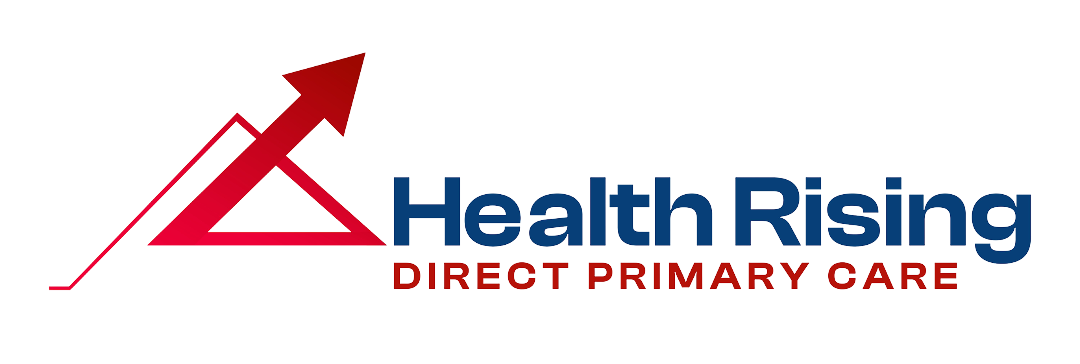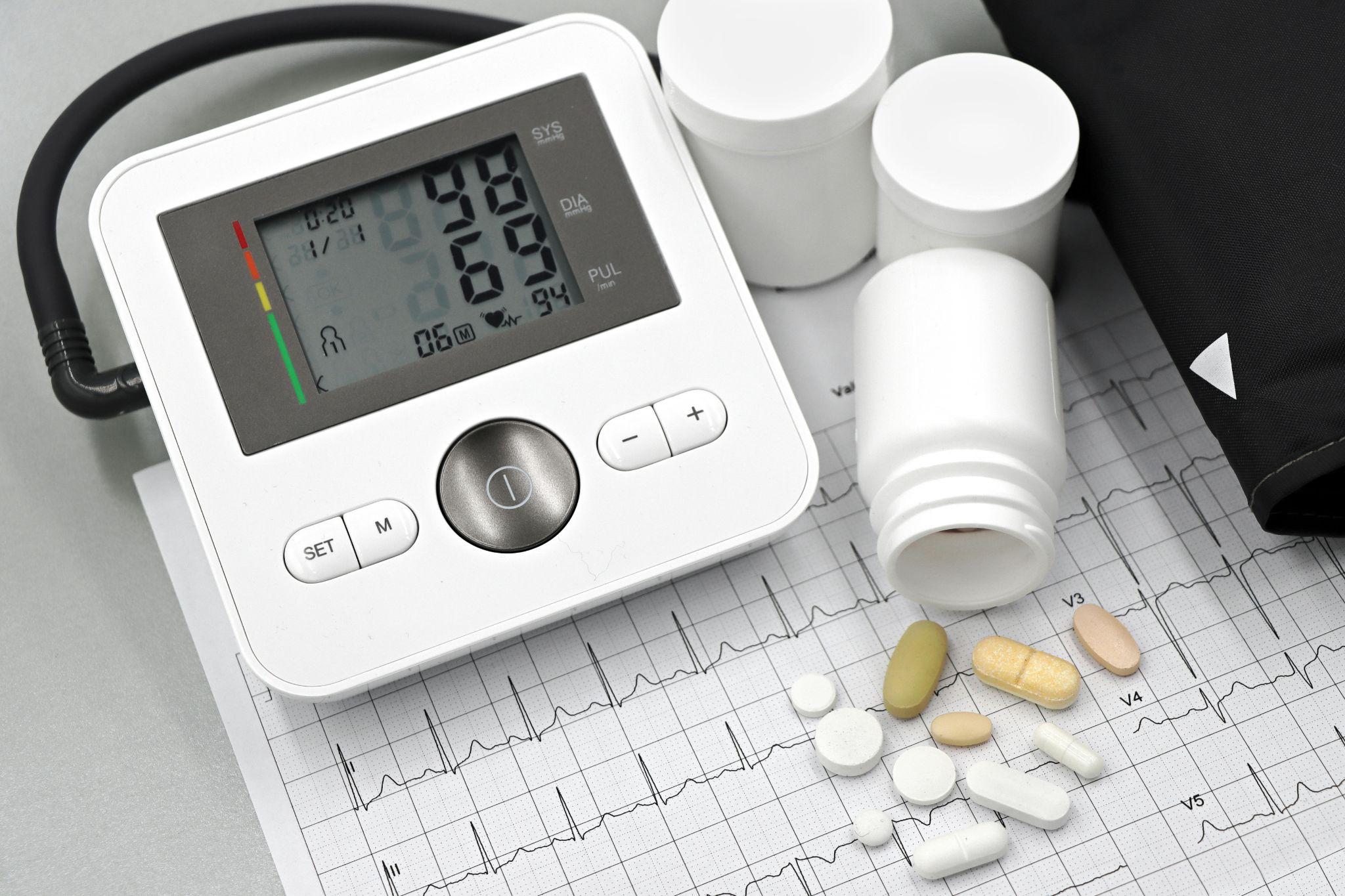
Wellness leaders are rethinking how clinics deliver personalized preventive care so patients feel informed, supported, and in control of their everyday health. Below is a quick snapshot of the seven strategies you’ll see in this collection of expert insights:
- Use digital health tools to individualize prevention and make follow‑through easier.
- Align care with patient values to prevent burnout and build clarity in decisions.
- Pair data, assessments, coaching, and remote tech to create tailored plans.
- Add targeted technologies that help motivated patients break plateaus.
- Treat patients as partners with personalized prevention roadmaps and coaching.
- Bridge modern and traditional medicine with physician guidance on safe options.
- Give every patient a secure portal, smart prompts, and self‑tracking tools.
Digital tools that make prevention personal
When clinics fold in the right technology, prevention shifts from generic reminders to daily, doable actions. Remote check‑ins, tailored education, and data from wearables or simple at‑home inputs can turn a plan into a path patients actually walk. The payoff is clarity for the care team and fewer barriers for the patient.
Digital health tools are particularly relevant in wellness clinics where they are promoted and used as an alternative to individualizing the process of providing preventive care and involving a patient more actively.
Genetic and biomarker testing are also applied in the clinics that produce individualized approaches to recommendations and interventions. Through this data‑driven methodology, it becomes able to not only target nutrition, exercise, lifestyle plans but also make preventive care more effective as well as relevant per patient.
Lastly, patient education is taking a new form and becoming more interactive and accessible where a clinic appoints a virtual workshop, telehealth check‑in, and personal coaching.
Why it works: people stick to plans that fit their routines. Digital touchpoints shorten the distance between intent and action, while lab‑backed personalization keeps each recommendation relevant. For clinics, this approach also speeds feedback loops so teams can adjust care sooner, not later.
Care that aligns with patient values
Behavior change lasts longer when plans reflect what matters most to the patient. Bringing values into the conversation helps patients choose trade‑offs they can live with, not just agree to in the exam room. It also eases decision fatigue.
As a therapist specializing in burnout and depletion among professionals, I’ve found that these issues often stem from a misalignment of values. When wellness practitioners assist clients in identifying their values and priorities, decision‑making becomes more intentional and clear. As a result, clients can achieve a sense of soul‑wellness and inner congruence, which contributes to their overall holistic health.
Erika Mills, Psychotherapist and Certified Spiritual Health Educator – LinkedIn • inlightsoulcare.com
In practice, this looks like value‑based goal setting, documenting personal “why” statements in the chart, and designing small, values‑consistent habits. Over time, patients feel less pushed and more purposeful, which supports sustainable preventive routines.
A seven‑part framework to empower patients
A strong personalized preventive care program blends data, human coaching, and simple tech. Here’s the structure many clinics are adopting, with each piece reinforcing the next:
Wellness clinics are increasingly adopting innovative strategies to deliver personalized, preventive care that not only addresses existing health issues but also empowers patients to take control of their long‑term health.
- Data‑driven personalization: use EHRs, genetic testing, and wearables to tailor plans.
- Integrative health assessments: screen beyond symptoms, including nutrition, mental health, and lifestyle.
- Preventive health coaching: support behavior change across exercise, diet, sleep, and stress.
- Digital health tools: portals and apps for scheduling, tracking, and communication.
- Remote monitoring and virtual care: track vitals and markers between visits for early detection.
- Personalized preventive plans: customize screenings, nutrition, and fitness by age, genetics, and lifestyle.
- Patient education and engagement: workshops and tailored content to keep momentum.
Ishminder Singh, President and CEO, Elite Primary Physicians, Inc. – LinkedIn • eliteprimarymd.com
The through‑line here is consistency. Each component increases touch, context, or accountability, which makes prevention feel less like homework and more like normal life.
When effort isn’t enough, add targeted tech
Some patients already train, track, and eat well. If results stall, the fix may be a focused technology that accelerates progress without upending habits. The key is to pair science‑based tools with honest expectations and clear protocols.
It’s why I’m excited about emerging strategies like the Emsculpt Neo by BTL, which delivers 30,000 supramaximal contractions in just 30 minutes while reducing up to 30% fat. When I joined skinBe, I was skeptical, but after completing a full series of eight abdominal treatments without changing anything else in my routine I felt stronger, saw more definition, and finally broke through that plateau.
For me, that’s the future of personalized, preventive care: pairing proven science with a patient’s own efforts so they can see, feel, and sustain their results. Whether you’re an athlete or a busy mom, the right technology can help you level up your health and feel confident in your skin again.
Beth Donaldson, Founder + CEO – LinkedIn • skinbemedspa.com
Clinics can fold tools like this into broader plans that still emphasize movement, nutrition, and recovery. Technology becomes an accelerator, not a replacement, for healthy living.
Prevention as a partnership, not a plan on paper
Patients respond when they feel seen and supported. That starts with risk discovery, continues through coaching, and grows with clear, co‑created prevention maps.
Health risk assessment and data analytics, the clinic’s access to records, genetics, and wearables devices makes it possible to identify and address risk factors such as obesity and heart disease long before symptoms arise.
Tailored health coaching and support, the gap between medicine and its practice can be bridged by assigning health coaches and integrating exercise and dietary modifications to educate patients and help them achieve their health and lifestyle objectives.
Enhanced patient engagement through remote monitoring tools, the fact that clinicians can assess their patients’ vitals, sleep, glucose, and exercise levels remotely makes the tools vital in ensuring patients take an active role in their healthcare.
Tailored preventative plans trust and long‑term engagement with the health system is enhanced by moving away from the one‑size‑fits‑all approach to personalized prevention roadmaps, which are collaboratively developed with the patient’s history, goals, and preferences.
Saad Karim, Doctor – LinkedIn • invigormedical.com
The emphasis is partnership. Patients help set priorities and trade‑offs. Teams provide structure, tracking, and timely nudges so small wins stack into long‑term change.
Bridging traditional and modern medicine
Many patients already reach for supplements and herbal options. Clinics can meet them there with evidence, safety checks, and integration that respects both cost and access.
Bridging the gap between modern and traditional medicine is still an ongoing project in the medical field, and one of the best ways to give patients more direct control over their health. Because many herbal remedies and supplements are available over the counter for much cheaper than prescription options, this is a great way to offer people care that they don’t have to pay as much for or wait as long for. The key role that physicians can play here is evaluating research on these remedies to separate good medicine from trends.
Eileen Wang, Physician – LinkedIn • modernmenopause.ca
A practical clinic process: document all nonprescription use, screen for interactions, align with patient goals, and update the plan as new evidence emerges.
Patient portals that coach, congratulate, and clarify
A well‑built portal can feel like a friendly front desk, a records room, and a coach in one place. It should show the next step, not just the last result.
I think it would be interesting for the wellness clinic to have a website where each user has their own page with direct access to their tests and latest consultations, with some recommendations made based on those values or congratulation notes when the goals are achieved. Users could also have a diary on the same website where they can write down any symptoms that concern them, and an AI could ask them a few questions to determine whether it is necessary to visit in person or whether it is a problem that can be treated virtually.
In addition to this, disease awareness days are always good, not only for raising awareness but also for getting other people to become sensitized and actively participate in different important social causes. A reminder with some brief information about the disease to be treated would be very helpful in getting patients involved with themselves and their community.
Maybell Nieves, Surgical Oncologist – LinkedIn • alynmd.com
Build yours with plain‑language recommendations, celebration prompts for milestones, and quick triage that routes patients to virtual or in‑person care as needed.
Final takeaway
If your clinic wants to make personalized preventive care real, start where patients already live: their routines, values, and devices. Use data to tailor the plan, coaching to keep it human, technology to speed progress, and portals to simplify next steps. Treat patients as partners. When prevention is personal, consistent, and easy to act on, healthy choices become the default.





